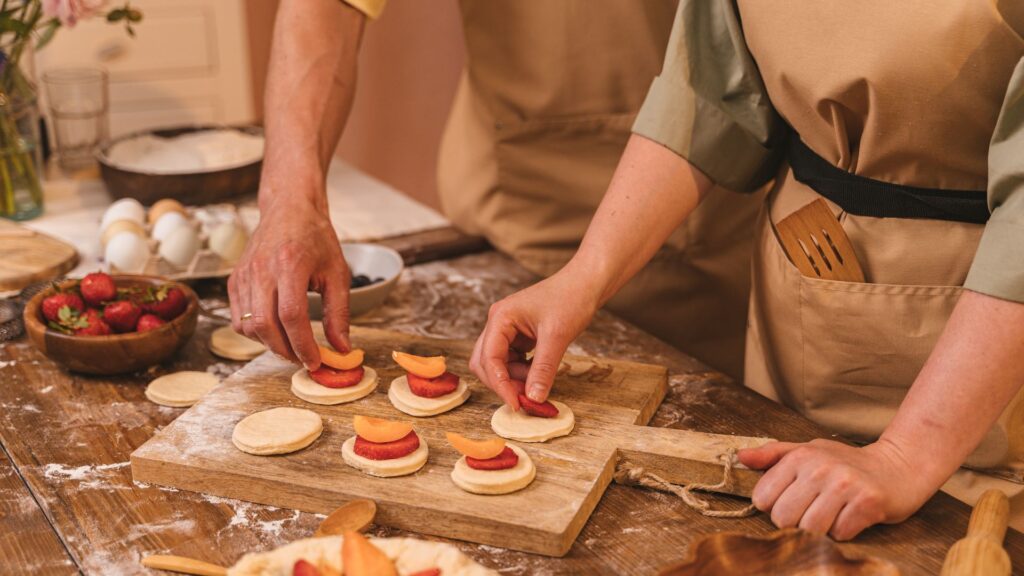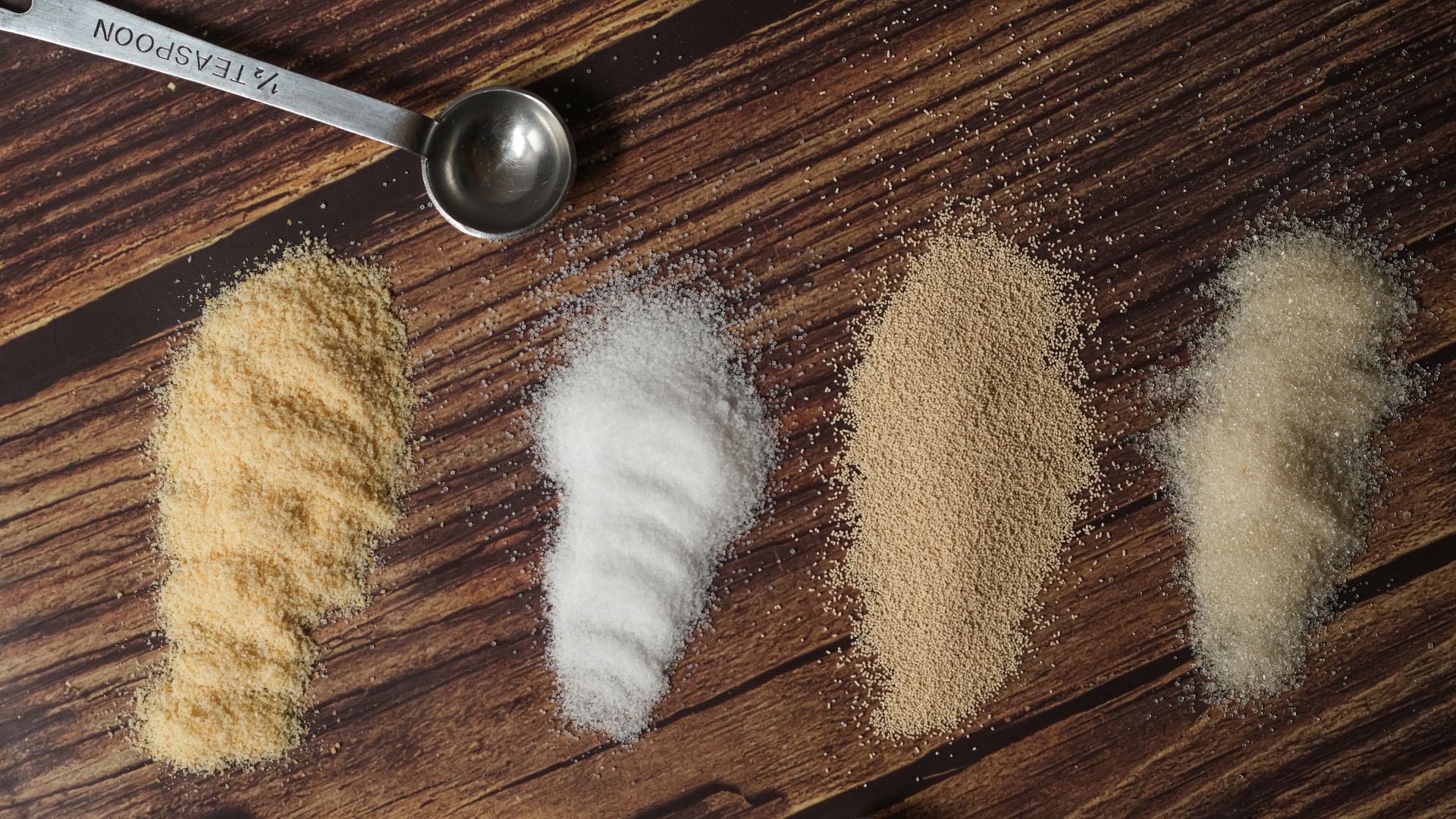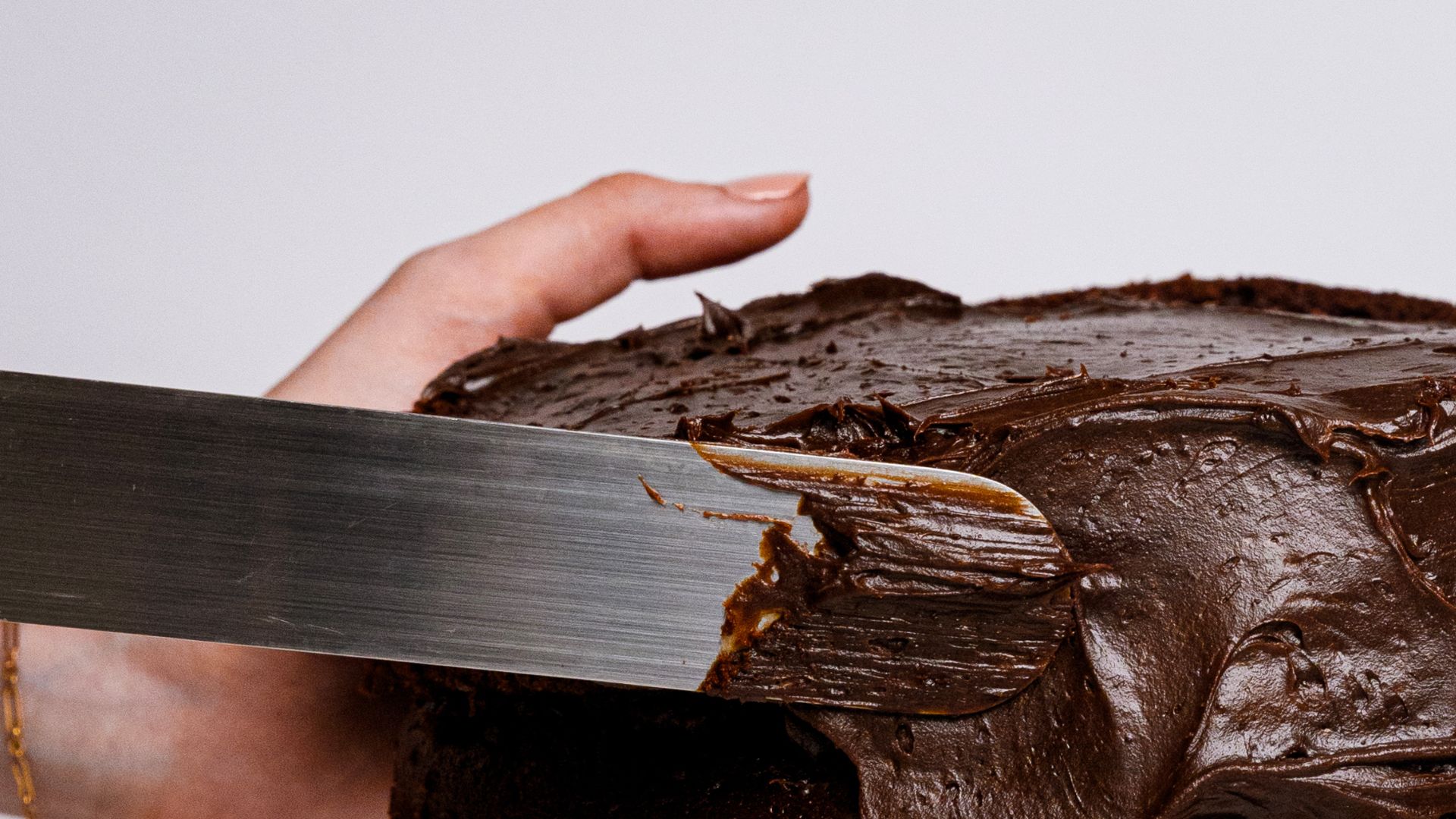Baking with fresh seasonal fruits is one of the simplest ways to elevate your desserts, bringing a burst of natural sweetness and flavour to your favourite recipes. Whether it’s the juicy berries of summer, the crisp apples of autumn, or the citrus fruits of winter, seasonal fruits can make your bakes taste more vibrant and delicious. Not only are they at their peak flavour during their respective seasons, but they’re also more affordable and environmentally friendly, as they don’t have to be imported from far-flung locations.
“Baking with fresh fruit is like capturing the essence of the season in every bite, turning nature’s sweetness into something truly unforgettable.”
In this guide, we’ll explore how to make the most of these fresh fruits, from choosing the right fruit to perfecting your bakes:
- Choosing the right fruit
- Adjusting recipes
- Baking techniques
- Storage and serving
- Adding the certain je ne sais quoi to your baking: Fresh fruit
Choosing the right fruit
When it comes to baking with fresh seasonal fruits, selecting the right fruit for your recipe is key. Each fruit has its own unique texture, moisture content, and flavour profile, making them better suited for different types of baked goods.
Berries like strawberries, raspberries, blackberries, and blueberries are great for tarts, pies, and cakes. Their high water content means they bring a burst of juiciness, but this can sometimes lead to soggy crusts if not handled properly. Berries are perfect for crumbles, muffins, or cakes where they can be folded into the batter.
Stone fruits such as peaches, plums, cherries, and apricots are another wonderful option for pies and tarts. These fruits have a firmer texture, making them easy to slice and arrange in beautiful patterns. Make sure to remove the pits carefully and slice the fruit into uniform pieces for even baking.
Apples and pears are classic choices for autumn bakes. These fruits hold their shape well during baking, which is why they’re ideal for pies, crisps, and cakes. When choosing apples for baking, go for firmer varieties like Granny Smith, Bramley, or Honeycrisp, as they won’t turn mushy when cooked.
Citrus fruits, including oranges, lemons, and grapefruits, are perfect for adding a zesty twist to cakes, tarts, and even cookies. Citrus fruits are packed with flavour and can easily be incorporated into glazes, syrups, or mixed into batters for a refreshing, tangy bite.
Tropical fruits such as mangoes and pineapples work wonderfully in cakes and pastries, adding a touch of the exotic. Keep in mind that tropical fruits can be a bit juicier, so they should be well-drained before being added to your batter.
Each fruit type requires slightly different preparation methods. For berries, simply rinse them gently and pat dry. For stone fruits, be sure to pit them carefully and cut into slices or chunks, depending on the recipe. Apples and pears may need to be peeled, cored, and sliced into even pieces for consistent baking. With citrus fruits, zesting the peel before juicing will provide an extra burst of flavour.

Adjusting recipes
One of the trickier parts of baking with fresh fruit is adjusting your recipes to account for the moisture content of the fruit. Fruit adds both flavour and moisture, but it can also throw off the balance of a recipe if you’re not careful.
When using juicy fruits like berries or peaches, you may need to reduce the amount of liquid in your recipe. For instance, if you’re making a fruit cake or pie, reduce the amount of milk or water in the batter to compensate for the extra moisture from the fruit. If you’re using fruit in a filling, you can thicken it with a little cornflour or arrowroot powder to prevent it from becoming too runny.
Likewise, if your fruit isn’t as juicy (like apples or pears), you might need to add a bit more liquid to ensure the final product stays moist. For pies and tarts, you can also sprinkle a thin layer of flour or ground nuts at the bottom of the crust to absorb any excess moisture from the fruit filling.
Another thing to keep in mind is sugar. Most fruits already contain natural sugars, so you may want to reduce the amount of sugar you add to your recipe. Taste your fruit before baking and adjust the sweetness accordingly. For example, a batch of tangy rhubarb might need a little more sugar than a sweet, ripe strawberry.
💡Pro Tip: To prevent a soggy bottom in fruit pies, sprinkle a thin layer of ground almonds, breadcrumbs, or cornstarch on the bottom of the pie crust before adding the fruit filling. This helps absorb any excess moisture from the fruit, keeping the crust crisp and delicious.

Baking techniques
Baking with fresh fruit can be a bit tricky if you’re not careful with moisture management. Here are a few tips to ensure your fruit-based desserts turn out perfectly every time.
Pre-bake your pie crust if you’re making a fruit pie or tart. This helps to prevent the crust from becoming soggy due to the moisture released from the fruit. To pre-bake, simply line the unbaked crust with parchment paper and fill it with pie weights or dried beans. Bake at 180°C (350°F) for 10-15 minutes, then remove the weights and bake for an additional 5 minutes to crisp up the bottom.
Use a thickening agent like cornstarch, flour, or arrowroot powder when making fruit pies or tarts. These help to absorb the moisture released by the fruit and create a thick, cohesive filling. If you’re making a crumble or crisp, you can simply mix the fruit with sugar and a little flour or oats to prevent excess juice from pooling at the bottom.
Don’t overfill your pie. Fruit pies can bubble over during baking, especially if the fruit is very juicy. Leave a small gap between the filling and the top of the crust to allow room for the filling to expand. You can also use a protective baking shield or cover the edges of the crust with foil to prevent burning.
Storage and serving
Once your fruit-based dessert is baked and cooled, it’s important to store it properly to maintain its freshness. Fruit pies and tarts should be stored at room temperature for up to two days, as the natural sugars in the fruit help preserve them. After that, you can store them in the fridge for up to a week. Be sure to cover them loosely with foil or plastic wrap to keep them fresh.
For cakes made with fresh fruit, it’s best to store them in an airtight container at room temperature for up to three days. If the cake has a creamy frosting or filling, store it in the fridge to keep it from spoiling.
When serving, fresh fruit-based desserts are often best served as they are, but you can elevate the experience with a dollop of whipped cream, a scoop of ice cream, or a drizzle of custard. The freshness of the fruit will shine through, making the dessert feel light and indulgent all at once.
Adding the certain je ne sais quoi to your baking: Fresh fruit
Baking with fresh seasonal fruits is a rewarding way to make the most of what’s in season, adding natural sweetness and vibrant flavour to your desserts. With the right fruit selection, a few recipe adjustments, and the right baking techniques, you can create pies, tarts, cakes, and crumbles that are sure to impress.
Let’s recap what we’ve learned today:
- Select fruits based on their texture and moisture content. Berries, stone fruits, apples, and pears are great for pies, tarts, and cakes, while citrus fruits and tropical options add zesty or exotic flavours.
- Account for the moisture in fresh fruits by reducing liquid or adding a thickening agent like cornstarch. Also, adjust sugar levels as fruits vary in sweetness.
- To prevent soggy crusts, pre-bake pie crusts and use thickening agents for fruit fillings. Be mindful not to overfill your pie to prevent bubbling over.
- Fruit-based desserts can be stored at room temperature for up to two days, then in the fridge for up to a week. Ensure they’re properly covered to retain freshness.
- Serve fruit-based desserts with whipped cream, ice cream, or custard for an elevated treat, allowing the natural fruit flavours to shine through.
So, next time you’re at the market and see that beautiful seasonal produce, grab some and start baking – your taste buds will thank you!








